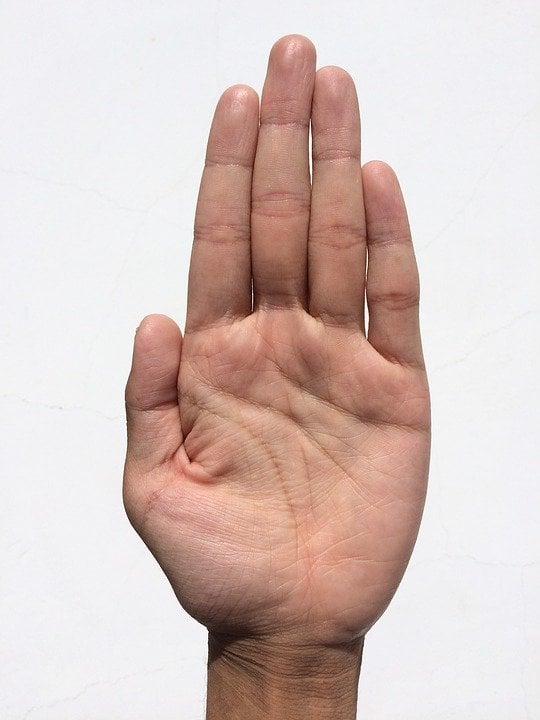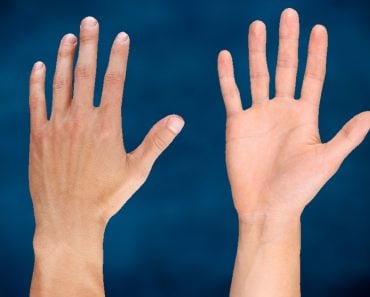Table of Contents (click to expand)
Too tired to read? Listen on Spotify:
The lines on our palms are known as palmar flexion creases, and they’re there to help us fold, stretch, squeeze, scrunch and do other such things without excessively stretching or squeezing the skin on the hands.
Stop what you’re doing and stick the palms of both hands in front of your face. What do you see? A bunch of lines crisscrossing all across your palms, right?

Have you ever wondered why they are there since they seem to serve no purpose (or so it seems)?
Recommended Video for you:
Palmar Flexion Creases
The lines on our palms are scientifically known as palmar flexion creases. These creases begin to form around the 12th week of gestation (when the baby is developing in the womb), which means we are all born with these lines on our palms.

The primary function of the palmar flexion creases is to help the skin of the palm squeeze and stretch. It is only along these lines that the skin of the hand folds or bunches up in accordance with the relevant position of the hand, such as during curling, stretching, and fist-making.
Scientists have studied these seemingly random lines on our palms and created multiple classification systems for the creases. If you take another glance at your palm, you’ll see three deep and prominent creases. The uppermost horizontal line is the distal palmar crease, below which is another horizontal line called the proximal palmar crease. Lastly, an arc starting from the proximal palmar crease down to your wrist is the thenar crease or radial longitudinal crease. They are the primary palmar creases.

Besides this physical advantage, palmar flexion creases can also help identify certain congenital disorders in an individual.
The Reason We Have Lines On Our Palms
Hands are undeniably one of the hardest working organs (amongst the external ones) of the body. Please think of the plethora of physical activities you do with them day in, day out. You constantly pick things up, pull/push, squeeze, turn and twist things with your hands. It’s actually quite pointless to list all the activities we do with our hands because there are just so many!
For your hands to perform all these physical activities, the skin that covers them must be able to adapt to complex positions. Therefore, if you stretch, fold, bend or fist your palms, the skin must be able to follow suit.
If it were not for the lines on our palms, bags of loose skin would be hanging out from under our palms and fingers. Not only would that be a terrible waste of skin tissue, but also a rather unpleasant sight to behold.
Can Reading Palm Lines (Palmistry) Foretell The Future?
A sizable portion of the public actually believes that the lines on our palms can help foretell our future. Fortune tellers around the world make a living reading people’s palms and predicting their future!

Today, however, due to a serious lack of empirical support behind palmistry’s predictions, palmistry is considered a superstitious or pseudoscientific belief. There are different and sometimes contradictory interpretations of the same lines on an individual’s palms in different cultures.

In other words, if you are someone who believes in an idea or a theory only when there is sufficient scientific research and evidence to support it, then going to a fortune teller to help you predict the outcome of a test, a business deal, or any other (future) event of your life is certainly not an option for you, at least until the “powers that be” accept palmistry as a ‘regular’ science.













